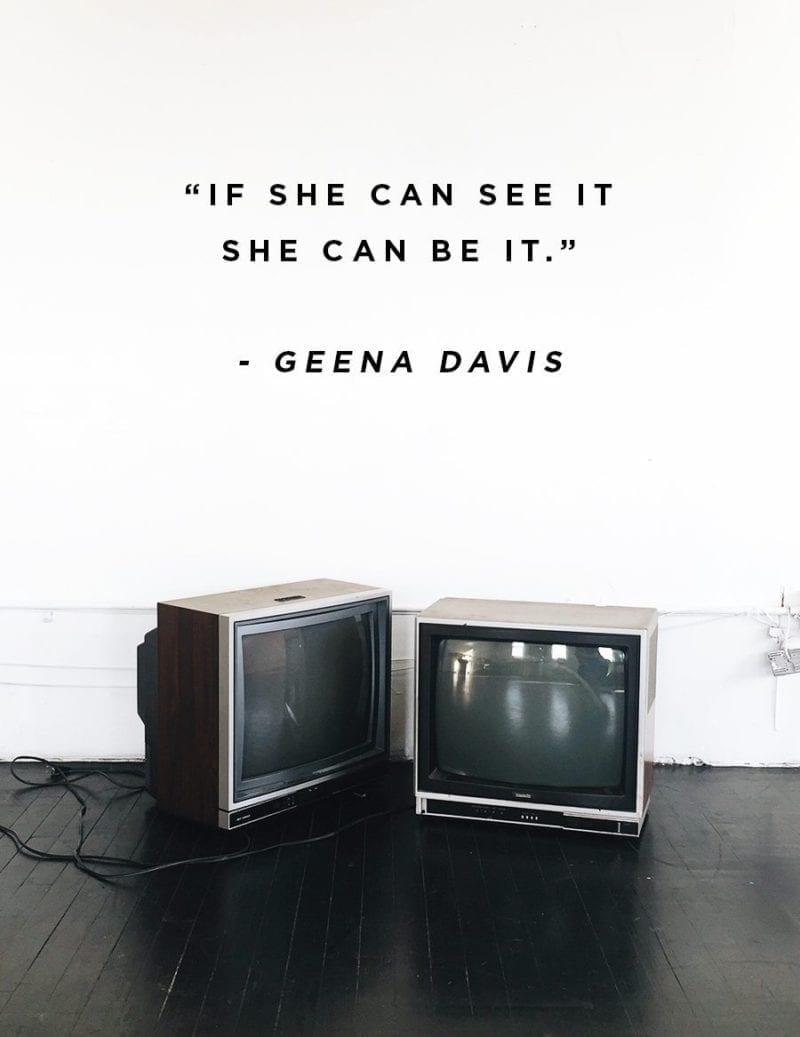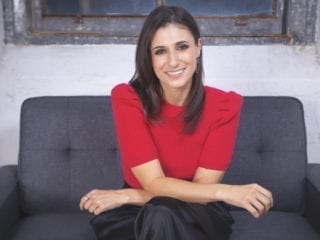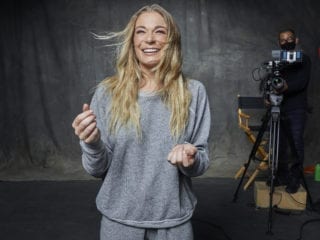A recent Sony media scandal (the studio’s emails were hacked and made public) showed that actresses Jennifer Lawrence and Amy Adams were paid less than their male co-stars in American Hustle. Since then, more people’s eyes have been opened to the gender inequalities that still exist in the media today. It is concerning and a bit mind-boggling that in 2015 there are still many places where the media needs to adjust their inclusivity of women.
The following will draw your attention to three places, showing why we need to see more women in movies and on television, in behind-the-scenes jobs, and cast in a wider range of occupations. Be prepared for some alarming statistics on gender inequality in the film and television idustry.
1. We need a more realistic balance of females to males on the screen.
Given that women make up half the world’s population, you would expect that they would also make up half of the characters and cast of television shows and movies, right? Unfortunately, that’s not the case. Study after study has found that women are sorely underrepresented in the media and that there’s a huge gender imbalance on the screen. Researchers have found that the balance of males to females in film hasn’t changed in the last 50 years. These studies (and others) of recently released films have found that only about 30% of the characters are women whereas 70% of characters are men — a shocking statistic!
To make matters worse, movie scenes of groups or crowds are overwhelmingly male too. A large study of popular movies rated G through PG-13 (films where young minds are being molded) found that scenes of groups or crowds were only 17% female. Yikes!! As actress Geena Davis, whose foundation on gender and media sponsored the study, sarcastically said in an article for the Daily Beast “Seventeen percent? How does that even happen? The only reason I can think of is that Hollywood writers believe women don’t like to gather.”
Fortunately, though it is still unequal, the picture is not as bleak on prime-time television shows (via broadcast, cable, or Netflix). In the 2014-2015 season, about 40% of all speaking characters were female.
These numbers start to become more balanced, however, when women are working in key behind-the-scenes roles on these television programs. Hence, the next place women still need to be let in…
2. We need more women in key behind-the-scenes positions.
This large gender imbalance in the media may be due to the fact that it’s still a good ol’ boys’ club when it comes to behind-the-scenes roles in film and television (directors, writers, producers, creators, etc.). Some fast facts on gender inequality behind-the-scenes:
• An underwhelming 14% of directors of television episodes are women.
• Only 29% of television writers are women.
• Only 20% of the key behind-the-scenes roles in film are filled by women.
• In 2014, 85% of films had no female directors, 80% had no female writers, 78% had no female editors, and 92% had no female cinematographers.
On the other hand, many research studies have shown that when women do direct, create or produce movies or TV shows, more female characters are seen on the screen than in those that are exclusively directed by men. Furthermore, a substantially higher percentage of women are employed in other key behind-the-scenes roles*.
The evidence shows that women and girls are included more on the screen when females are working behind-the-scenes. They not only gain a more equitable presence in film and television, but they also are not held to rigid gender stereotypes**. This leads us to the third area of concern…
3. We need to see women and girls cast in a wider range of occupations and roles.
In addition to having an unrealistically low presence in film and only a small percentage of the behind-the-scenes jobs in the entertainment world, women are often sexualized and shown in stereotypical gender roles and occupations when they are depicted in the media. When it comes to their jobs in film, research shows that men are much more likely to be shown with an occupation than are women. One study, for example, found that females comprised only 20.3% of all the characters shown to be employed in popular movies. Yes, that’s right, roughly a fifth, even though women make up almost half of the workforce in our country!
Even in recently released films, gender stereotypes are still rampant when it comes to a female character’s occupation. Few women are shown to hold positions of power (i.e CEO, judge, doctor, politician) and/or to be working in the STEM fields (Science, Technology, Engineering and Math). And yet, women are frequently seen in teaching positions, as administrative assistants, or as nurses, social workers, or therapists.
Lastly, women are rarely cast as the lead or co-lead in blockbuster movies. A study of the top 100 grossing films of 2014 found that only 12% of leading characters were female. How do we encourage change?
“If she can see it, she can be it.”
I often wonder what an outsider would think of women in our society if they only had access to our films and television shows; probably that there aren’t too many of us, that many of us don’t have jobs, and that we are more concerned with romantic relationships than anything else. Yes, this is a bit of an exaggeration, but not too far off the mark when you look at the research on the presence of females in the media and their roles. I cringe as I think about how the images of women in our media will affect my own daughters’ thoughts about themselves and their own potential. The stats above imply that girls see limited options, seeing themselves in minor positions in life and subservient roles. As Geena Davis wisely says, “If she can see it, she can be it.”
Though at times the current portrayals (or lack of portrayals) of women and girls on the screen seems dismal, let’s hope that the body of research being conducted on gender inequalities in the media will soon be a catalyst for change and that women will indeed be let in to the key behind-the-scenes roles in Hollywood. We can also encourage change by supporting movies where women play a strong female lead or where there’s a female director (money speaks – check out this interview of director and actress, Elizabeth Banks). Or, perhaps you could write a film studio after watching a movie with a large gender imbalance and bring it to their attention.
Finally, we can urge our daughters, our female friends, our sisters, or even take the leap ourselves to go into the film industry if that is a passion. It is high time that the media include more women, and we can play a part in making that happen.
*In prime-time television programs with no female executive producers, women and girls accounted for 37% of major characters (in the 2014-2015 season). However, when there was at least one woman executive producer on a program, 43% of major characters were female. Additionally, in films released in 2014, when the director was female 52% of the writers were women. But, in films directed by men, only 8% of the writers were women.
**In programs were the executive producers and/or creators are women, female characters use more powerful language (interruptions, directives, and having the first or last word in a discussion or argument) than those in programs with male executive producers. Women are also more likely than men to be seen in nurturing and family roles on the screen. But, when the creator or writer of the program is a woman, both male and female characters are often featured in interpersonal roles (romance, home, family).
Image via Milena Mallory











